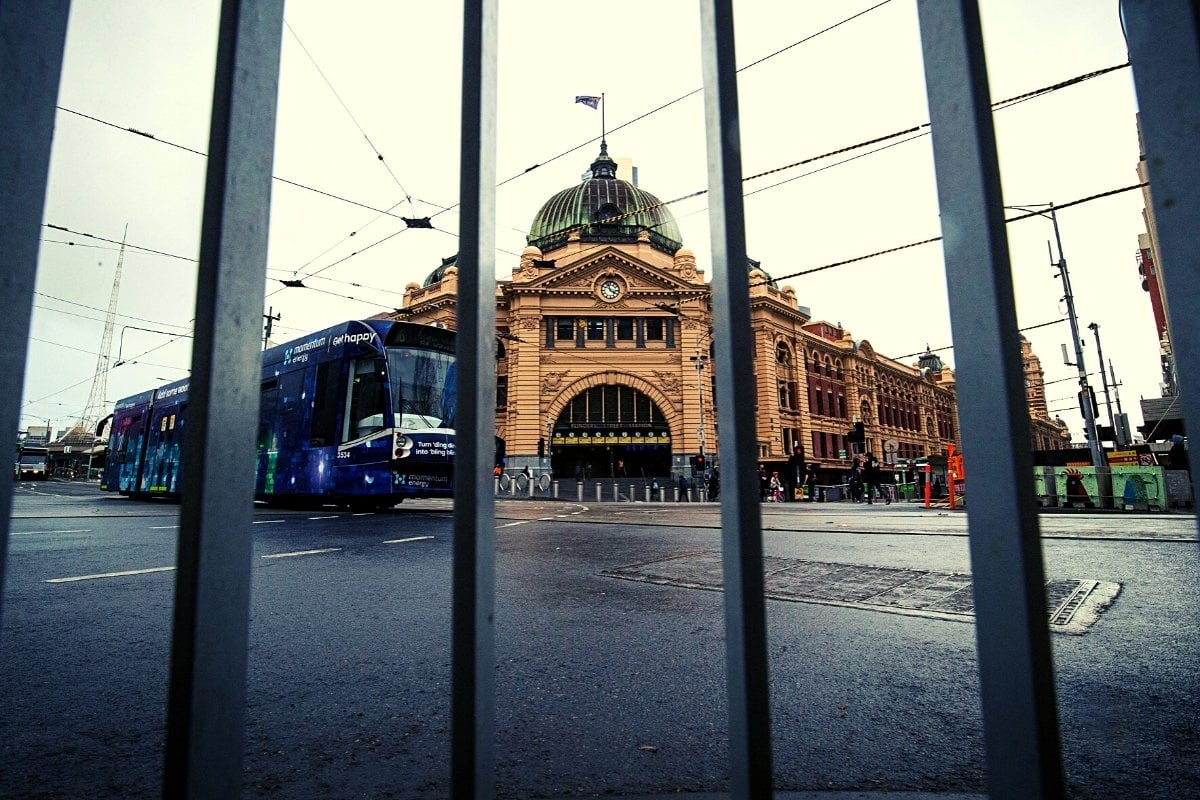
When COVID-19 cases once again sprung up in Victoria around the beginning of August, the state was still very much hoping to squash the virus with its "go hard, go early" approach to restrictions.
But earlier this month, with case numbers climbing, the Victorian government joined NSW in abandoning dreams of 'COVID-zero'. The state is now focused instead on limiting case numbers while driving up rates of vaccination.
So what does this mean for the future of Melbourne's sixth lockdown? And how soon will restrictions be lifted?
First, a reminder: What are the rules for Melbourne's lockdown?
Metropolitan Melbourne and Shepparton are currently under the toughest restrictions in place in the state.
This means residents cannot leave their home, except for the following essential reasons:
- Shopping for necessary goods and services, which must be done within 5km of your home.
- Caregiving or compassionate reasons, including medical care or to get a COVID-19 test.
- Attending authorised work (with a permit) or permitted education.
- Exercise, which is permitted once a day for two hours within 5km of your home.
- To get a COVID-19 vaccination (provided the distance travelled, and the time taken is no more than is absolutely necessary).
A stay-at-home curfew is also in place for Metropolitan Melbourne (which is home to the bulk of cases) and applies between 9:00 p.m. and 5:00 a.m.
Other key restrictions include:
- Face masks must be worn indoors and outdoors whenever you leave your home if you are aged 12 and over.
- Only one person per household per day is permitted to leave home for essential goods and services.
- Weddings are not permitted, however, funerals can proceed with up to ten people, plus those required to conduct the funeral.
- If you live alone or are a single parent you can create a ‘single social bubble’ by nominating one other person to be a part of your bubble.
- You can exercise with one other person, plus dependents.
- All authorised workers must carry a permit that is certified by their employer whenever they are travelling to work and attending work.
- Childcare, early education centres and schools are closed, except for vulnerable children and children of authorised workers.
Checked exposure sites lately? More have been published online at https://t.co/xojLvnrdjA including: pic.twitter.com/t65CSoYKsd
— VicGovDH (@VicGovDH) September 13, 2021


Top Comments